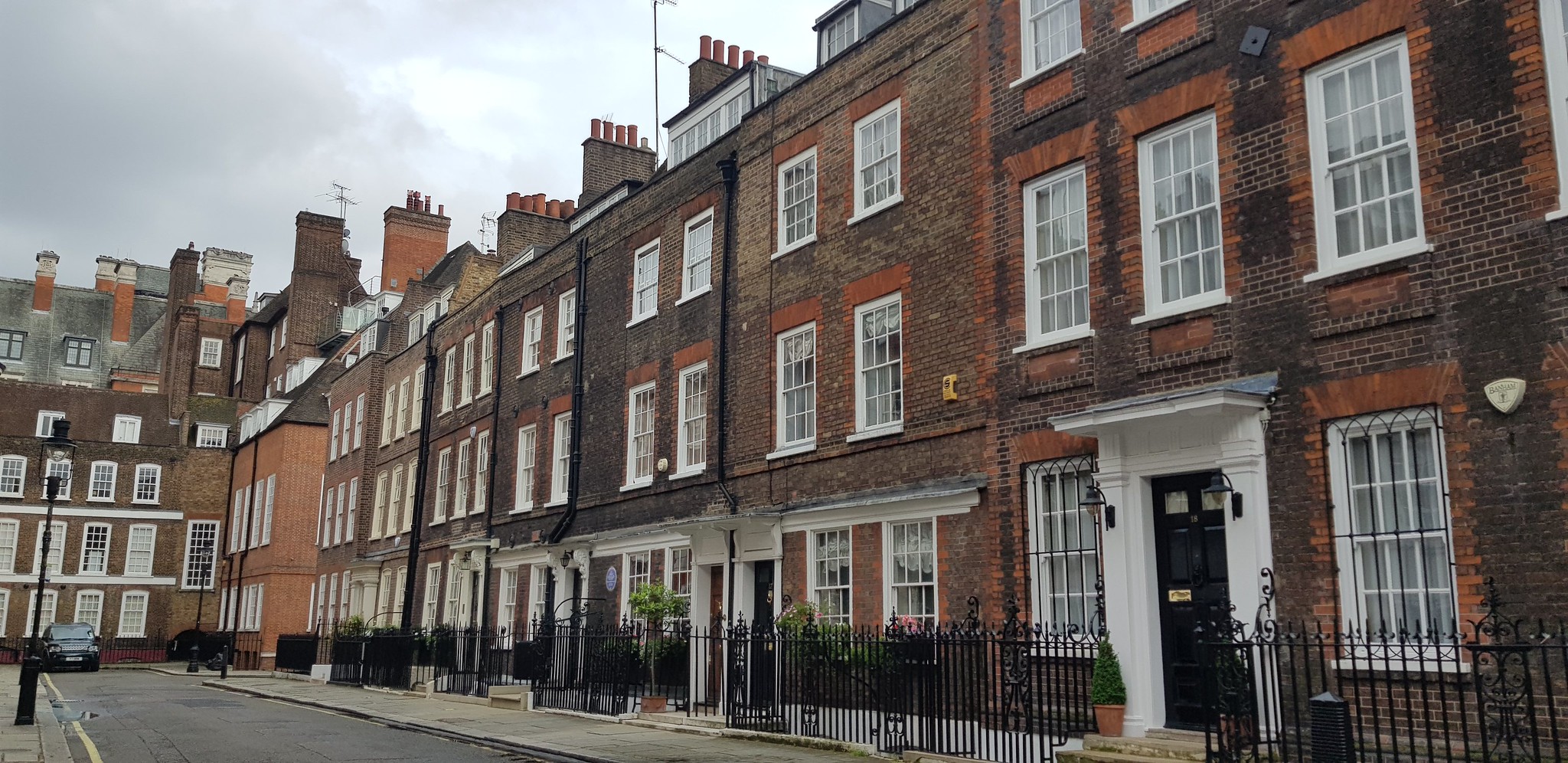
House sales in London hit a ten-year high as the capital moved firmly back onto the radar of buyers, although the emergence of the omicron Covid-19 variant may cramp future transactions, according to a Knight Frank report.
Rental values in the capital also continued their strong recovery last month, pushing the annual change into positive territory in some parts of London for the first time since early 2020.
House sales in prime central London jumped by 116% compared to November 2020, while in prime outer London, there was a 25% increase over the same period.
The survey says these transactions are “indicative of how demand has shifted back towards London as the pandemic has evolved”.
Average prices in prime central London lifted by 1.2% on an annual basis for the second consecutive month in November.
In prime outer London, average prices rose by 3.1% over the same period, the sixth time the figure has been recorded over the last seven months.
The report says: “The biggest rises were still seen in outer London as space and greenery remain on the agenda for buyers.”
It adds: “The strength of the London market comes despite the fact overseas buyers are not yet back in meaningful numbers.”
The largest annual increases included Wimbledon (11.4%), Dulwich (6.1%), Queen’s Park (6.6%) and Richmond (7.3%). In central areas, the biggest rises were recorded in Islington (6%), South Kensington (3.6%) and Notting Hill (2.4%).
Knight Frank head of London sales James Clarke says: “Activity has picked up dramatically across the board. In the last few weeks a large number of deals have come to fruition.”
Meanwhile, average rents rose by 5.3% in the three months to November in prime central London, while there was an increase of 5.1% over the same period in prime outer London.
It was the largest quarterly gain in prime outer London since March 2004 and the biggest such increase in prime central London since September 2010 as the lettings market continued to recover from the pandemic, says the report.
Over the course of the year, average rental values in prime central London fell by 0.2% in the 12 months to November, while there was a rise of 1.8% in prime outer London.
The survey says that alongside stronger demand from office workers and students as universities reintroduced face-to-face learning, lower supply is also behind the rebound.
It adds: “The flood of short-let properties that came onto the long-let market has dried up as lockdown and staycation restrictions have been relaxed.”
The report says that this year, the peak month for market valuation appraisals – a leading indicator of supply – was February. This figure in November was down by 46%, “underlining to what extent supply has fallen”.
However, demand has jumped, as the number of new prospective tenants registering in November was 44% higher than the same month in 2019, which was considered a strong year for the lettings market.
The report adds that the number of enquiries from firms looking to relocate staff to the UK reached pre-Covid levels in October. Leads in October were up by 78% compared to the same month in 2020 and 1% higher than 2019.
But the report adds: “The future trajectory of this trend depends on how severe the omicron variant proves to be versus delta.
“If the severity is worse, this will delay the rebound in demand as vaccines are adjusted. The rising number of enquiries between March and October this year demonstrates how corporate demand strengthened against the backdrop of the initial vaccination drive.
“If the severity of omicron is comparable with or lower than delta, demand should continue improving from January following a seasonal blip at the end of the year.”



